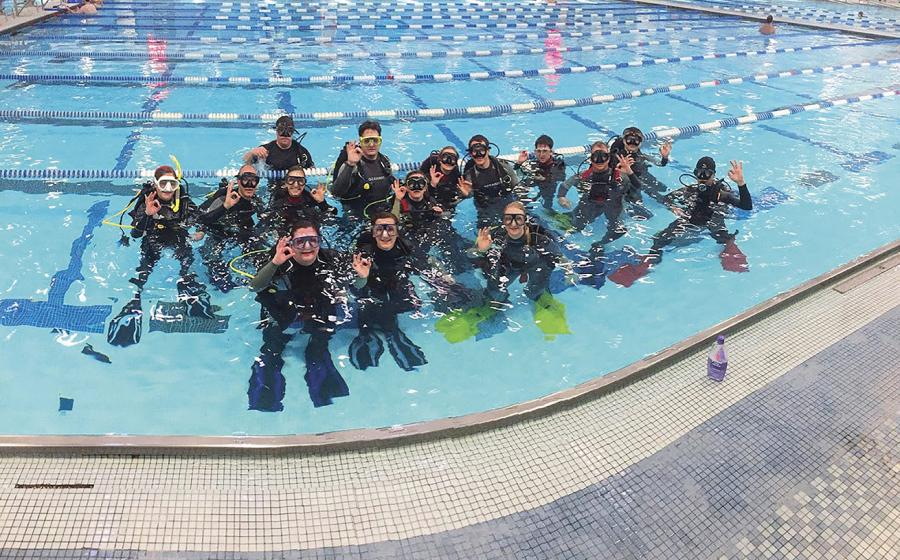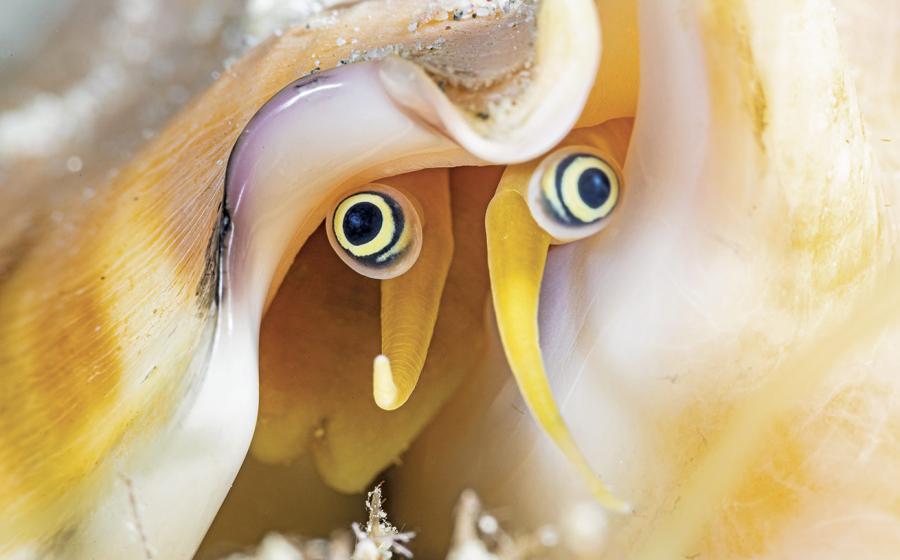Best Sites to Wreck Dive in Patagonia, Argentina
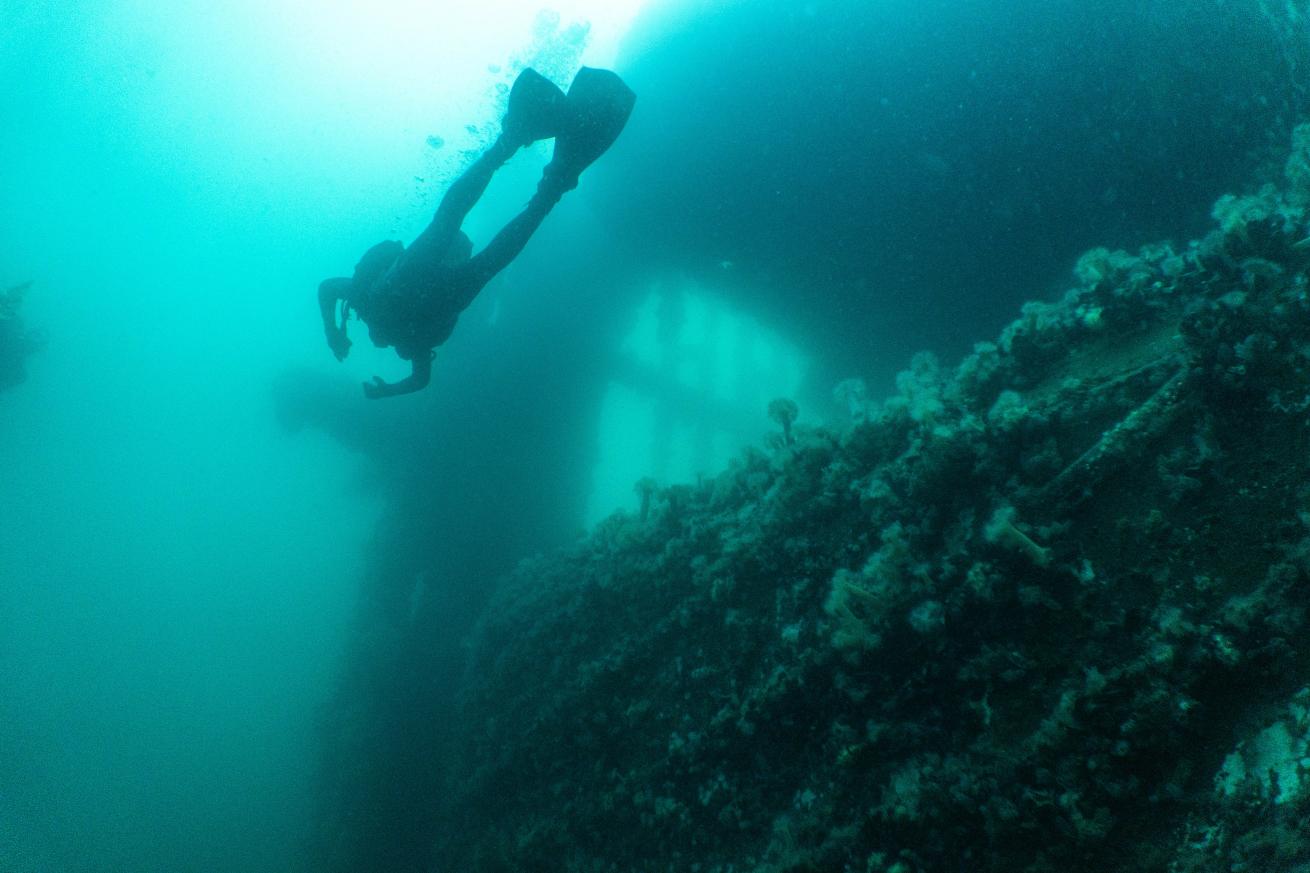
Martina AlvarezWreck diving off the coast of Argentina is cold, but worth it.
Wreck Diving Patagonia
Diving into the frigid waters of Patagonia has its own mystique. The cold seems to freeze your brain, leading you to connect solely with the present; continuously refreshing your thoughts. As you descend in your accumulated 10mm of neoprene and diving gear, the weight fades away, the hood and gloves become your best allies, and you completely forget that you're diving in waters of just 60 degrees Fahrenheit. You bask in a scene of sea stars, mussels, algae, corals and little fish that surround and decorate a sunken ship, turning it into a work of art.
I’m in the Patagonian sea of Puerto Madryn, Chubut, which is recognized as the premier diving capital of Argentina. The transparent waters of the Nuevo Golfo and the abundance of marine life such as orcas, whales, dolphins, sea lions, penguins and elephant seals, entice divers for good reason.
However, what many people don't know is that this place is also perfect for exploring numerous sunken ships. Some reach depths beyond 65 feet, while others are in shallower water—ideal for beginners. Each shipwreck hides different stories, legends and ages, and they are all worth exploring!
Urabain
The Urabain once operated as a fishing and refrigeration vessel and sank in September 2017, after a devastating fire. It measures 260 feet long and 40 feet wide and once carried 1,730 tons. Its immense size mixed with the limited amount of natural light that reaches the depths of 100 feet generates adrenaline while diving.
You can see how coral and sponges have grown around the ship, especially around its windows, creating an incredible ecosystem and painting it orange.
I loved the bars below, covered with clams and anemones which take the shapes of columns and make it an ideal space for taking photos.
Related Reading: The Importance of Learning a Wreck's History
Antonio Miralles
The Antonio Miralles is often the wreck visitors most enjoy while in Argentina. At 200 feet long and 40 feet wide, sticking out above the surface, its beauty is formidable. It’s possible to explore the interior if you have your PADI Wreck Diver certification, which allows you to explore sunken ships from the inside.
This fishing vessel was originally built in France but ran aground in Argentina. It was donated to diving operators for recreational purposes, and divers can expect to see clams, sponges, anemones, polyps, fish, sea stars, sea urchins, lobsters and crabs.
Related Reading: Patagonia Dreams: Up Close With Puerto Madryn’s Eclectic Marine Life
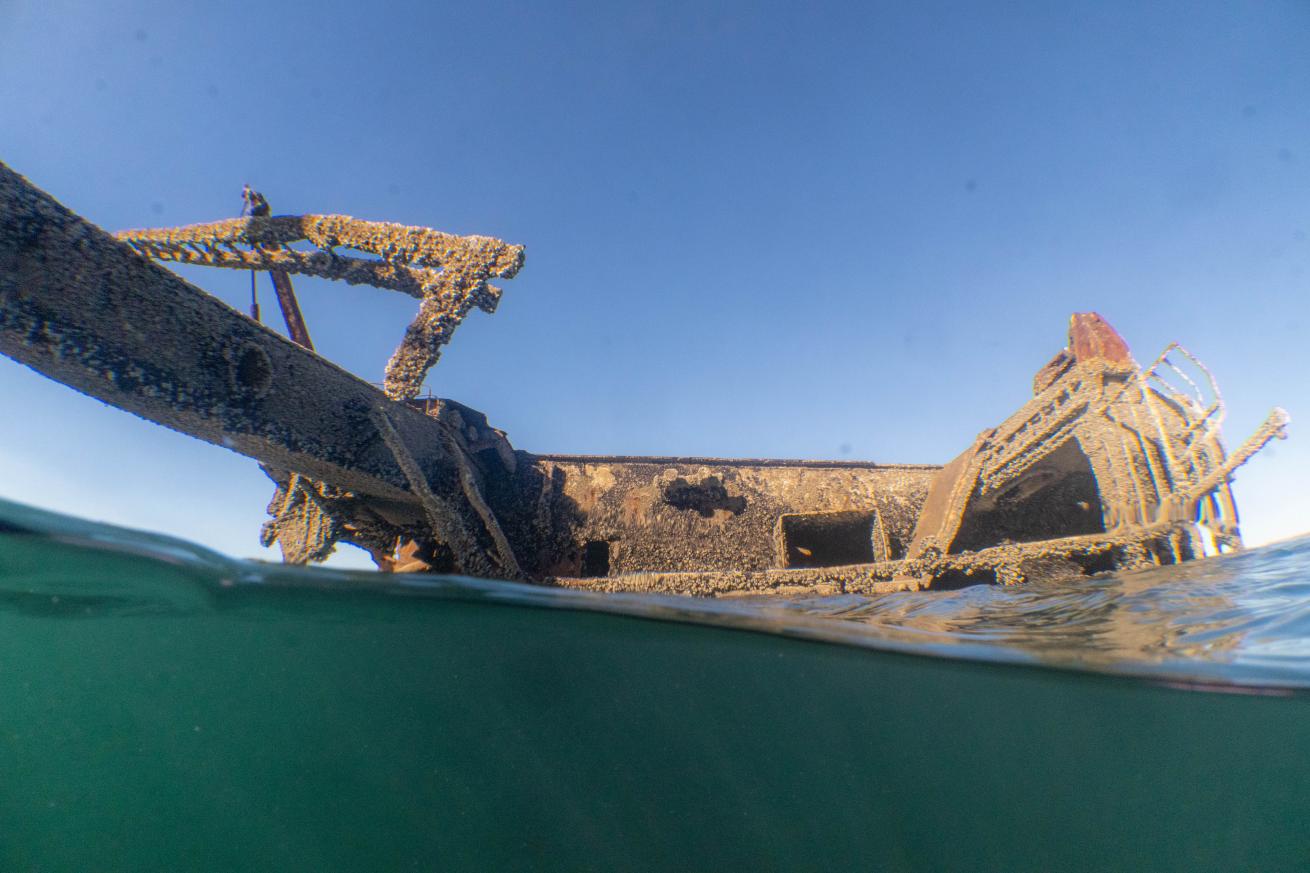
Martina AlvarezThe Folias is ideal for new divers looking to expand their skills and training.
Folias
The Folias is a fun wreck to dive as it is a site frequented by sea lions who often approach divers, curious and playful.
Its shallow depth and proximity to shore make it an ideal shore dive to explore the vessel that is over 200 feet long and 40 feet wide. The Folias is ideal for new divers looking to expand their skills and training. It is also an amazing site to wreck dive, where you can see the natural beauty of bioluminescence.
During low tide, part of the boat can be seen from the surface and is covered with mollusks, crustaceans, algae, anemones and coral polyps. Inside, find dusky groupers (Epinephelus marginatus) and octopuses eager to greet you at night.
Related Reading: Dive Hacks: Tips for Wreck Diving
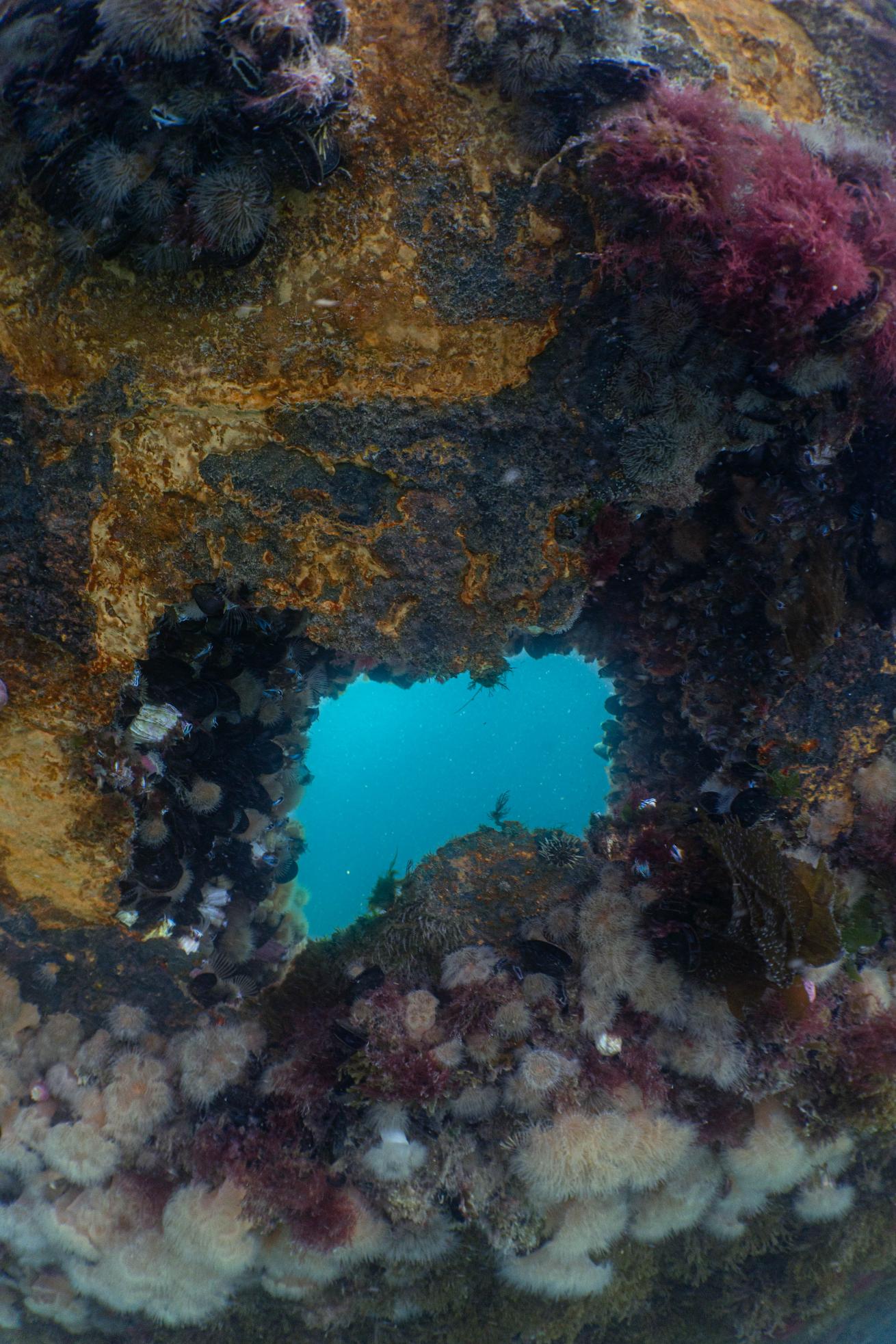
Martina Alvarez
Hu Shun Yu 809
Sunk in 2017, the Hung Shun Yu 809 was an illegal Chinese fishing boat confiscated in Argentine waters by the Argentine Naval Prefecture.This large vessel (226 feet long and 36 feet wide) sits at 100 feet, making it the ideal site for extended dives using enriched air nitrox. The ship is home to small marine life like sea urchins, crabs and sea stars.
It was deliberately sunk to create an artificial reef. To ensure safety, access points were covered with grates, prohibiting penetration.
Albatros
The Albatros measures 90 feet long and 22 feet wide, and lies 90 feet beneath the surface. It sank in 1998, and after many years on the seabed, it has become home to a thick layer of mussels, sponges, anemones, and coral polyps. Inhabitants include sea stars, sea urchins, lobsters, crabs, and larger fish like dusky groupers and salmon. Additionally, there are numerous types of small fish.
Due to the incredible abundance of sea life, this wreck is periodically explored by scientific divers to study the fish and invertebrates that call the wreck home.
What I liked most about this ship are its windows, adorned with thousands of mussels, making me feel as if I were in a scene from “The Little Mermaid.”








